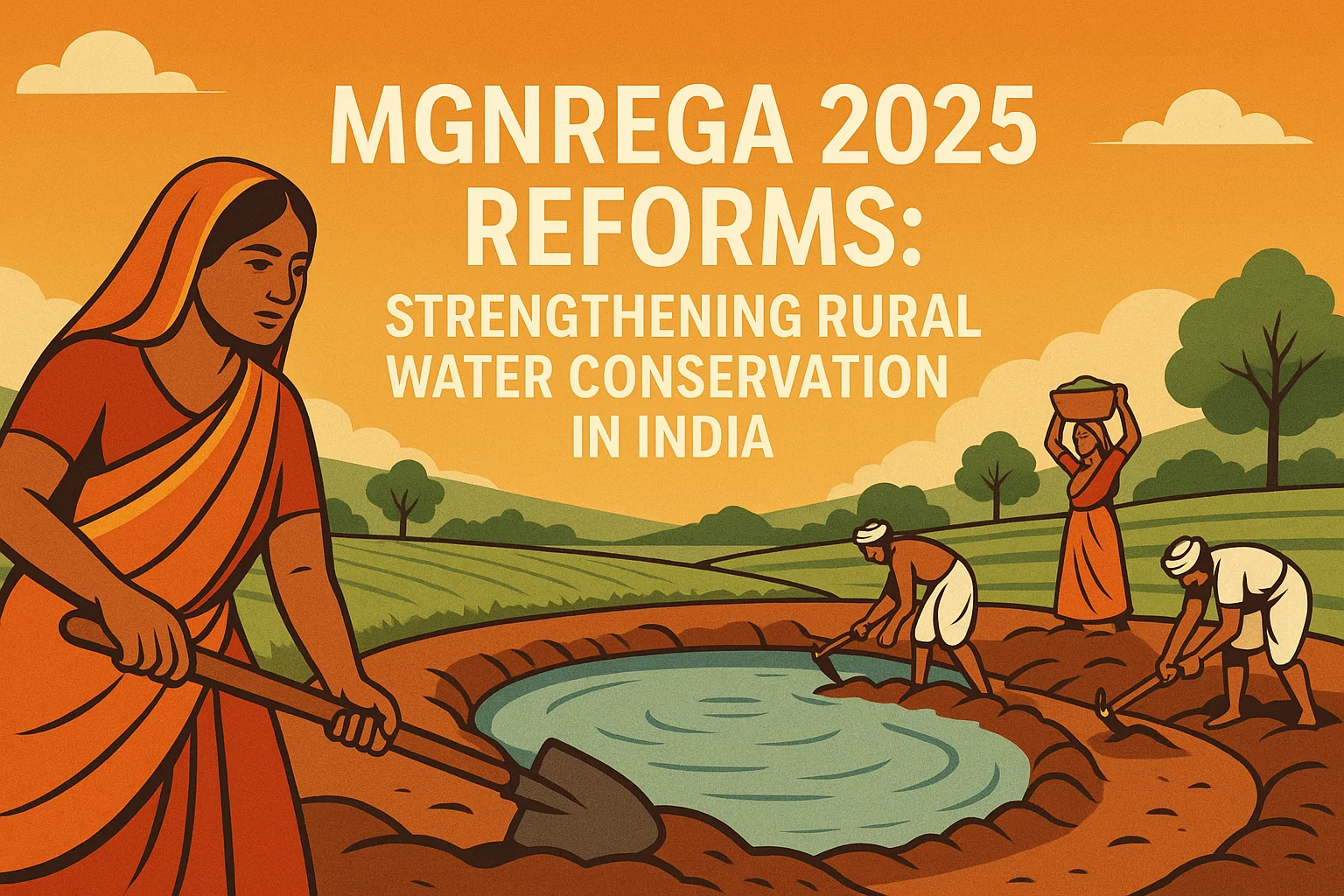Font size:
Print
Child Labour in India
With child labour, law is not the problem — enforcement is
Context:
On Labour Day 2025, a striking print advertisement by Ogilvy India caught national attention. With the provocative headline — “This Labour Day, 7.8 million workers should be laid off” — it delivered a powerful message.
More on News
- The subheading explained the twist: “In a country with 35.6 million unemployed adults, there are 7.8 million children working. Let the adults do the work and let the children go to school.”
- This campaign, embodying David Ogilvy’s timeless mantra — “Big ideas are usually simple ideas” — shed light on the urgent and persistent crisis of child labour in India.
Grim Reality of Child Labour in India
- Human Rights Violations: Despite years of policy promises and legal frameworks, child labour continues to be a serious human rights violation in India.
- UNICEF Analysis: According to a UNICEF analysis of the Periodic Labour Force Survey (2018-19), the number of child labourers in India ranges from 1.8 million (using the national definition) to 3.3 million (under international standards).
- Nearly half of all working children are employed within their own families.
- The agricultural sector employs the highest number of child workers, followed by manufacturing and construction industries.
Worst Forms of Child Labour: Hazardous and Inhumane
- Most Dangerous: The most dangerous forms of child labour are found in industries like:
- Match and firework production
- Glass and leather manufacturing
- Brick kilns
- Coal mines
- Construction work
- Various Concerns: These sectors expose children to toxic materials, long work hours, low wages, and frequent physical and verbal abuse.
- Many children suffer from injuries, long-term health problems, and are denied even basic hygiene and medical access.
Child Labour and Poverty: A Vicious Cycle
- The International Labour Organisation (ILO) recognises child labour as both a cause and consequence of poverty.
- In poor households, children are often compelled to work to supplement family income or for mere survival.
- This has devastating effects on education and health.
- India also carries the burden of hosting half the world’s wasted children (low weight-for-height), showing the direct link between malnutrition and forced child labour.
Gaps in Data and Governance
- Despite constitutional protections under Article 24 and legal bans in the Child and Adolescent Labour (Prohibition and Regulation) Act, 1986 (amended 2016), enforcement remains dangerously weak.
- In 2021, only 613 cases were registered under the Act.
- In a Parliament session, a question regarding child labour statistics by gender and region went unanswered.
- The last Census was held in 2011, and the 2021 Census has not yet been conducted, leaving a data vacuum that hinders effective policymaking.
- This lack of reliable data makes it nearly impossible to gauge the true scale of the problem, let alone solve it.
Enforcement Failure: A Case Study
- In 2023, 58 children, including 20 girls, were rescued from a distillery in Madhya Pradesh.
-
- They were subjected to 11-hour shifts, exposed to hazardous chemicals, and left with burnt palms.
- Such instances illustrate that laws are in place, but implementation is failing.


